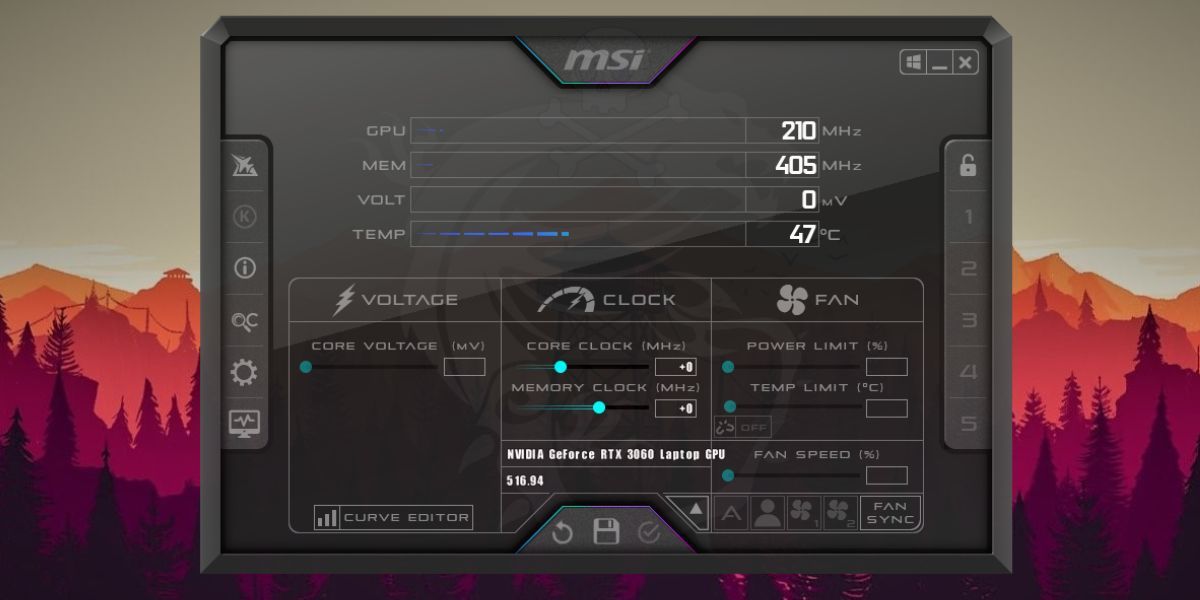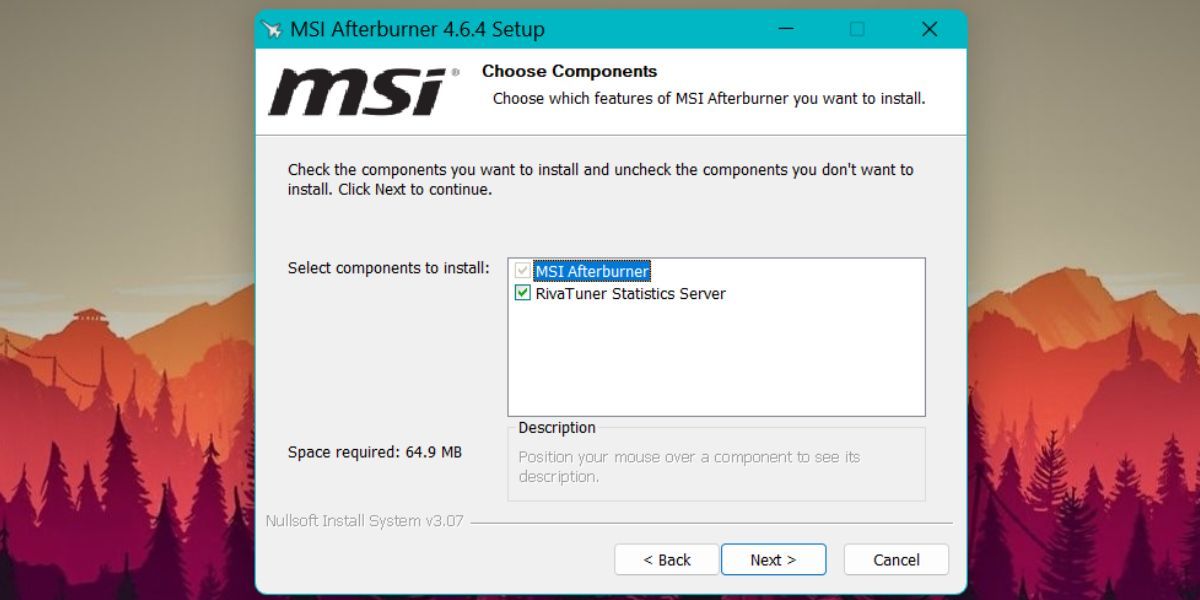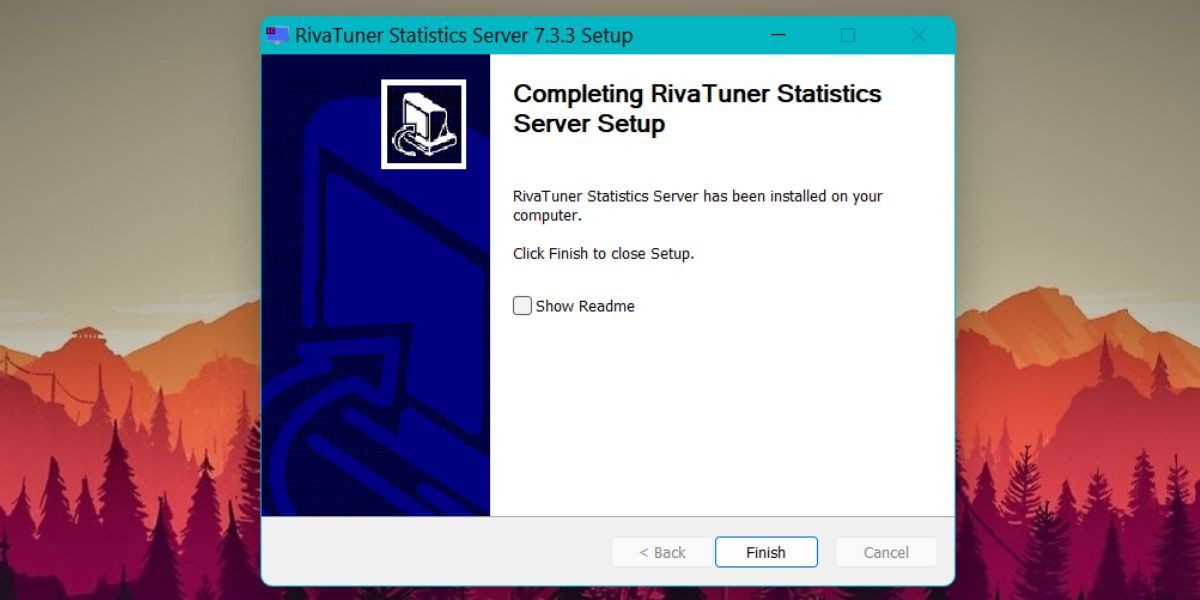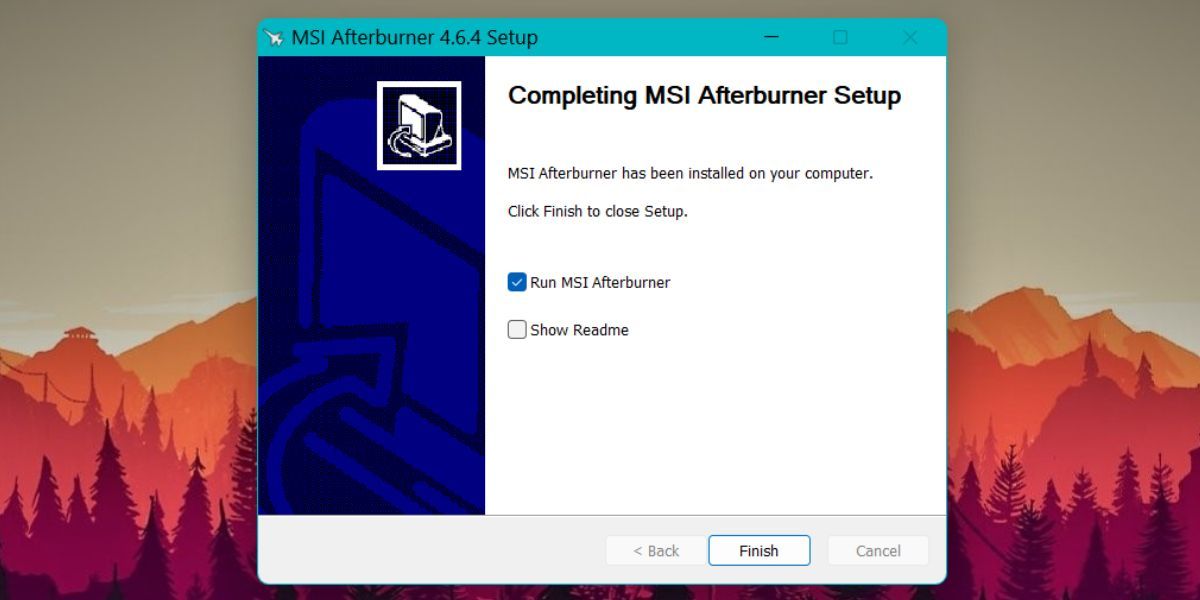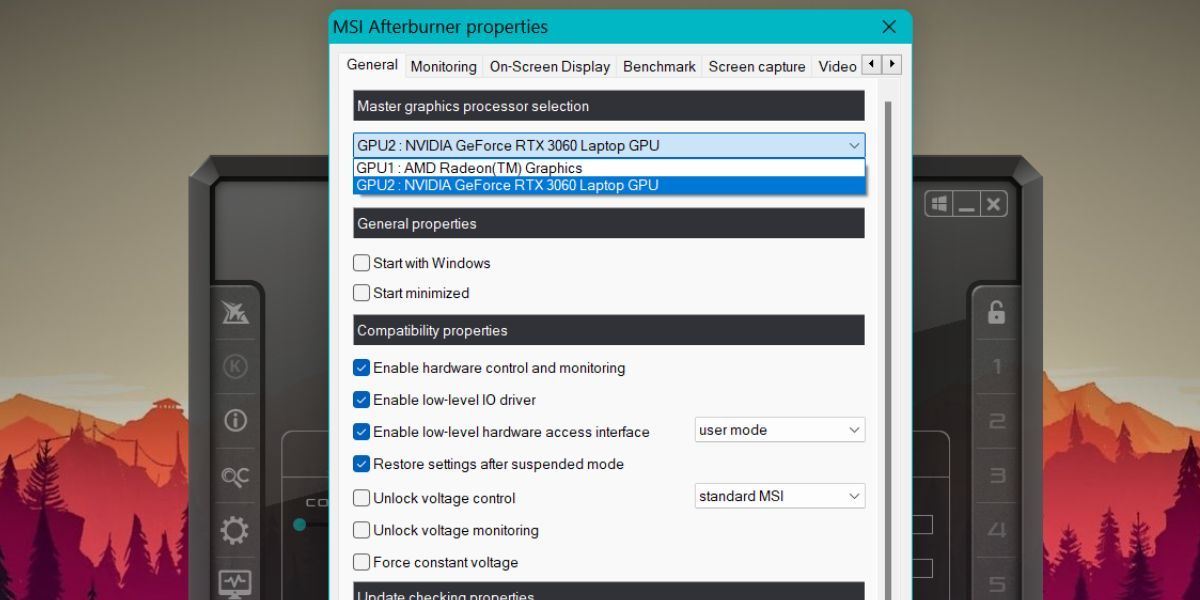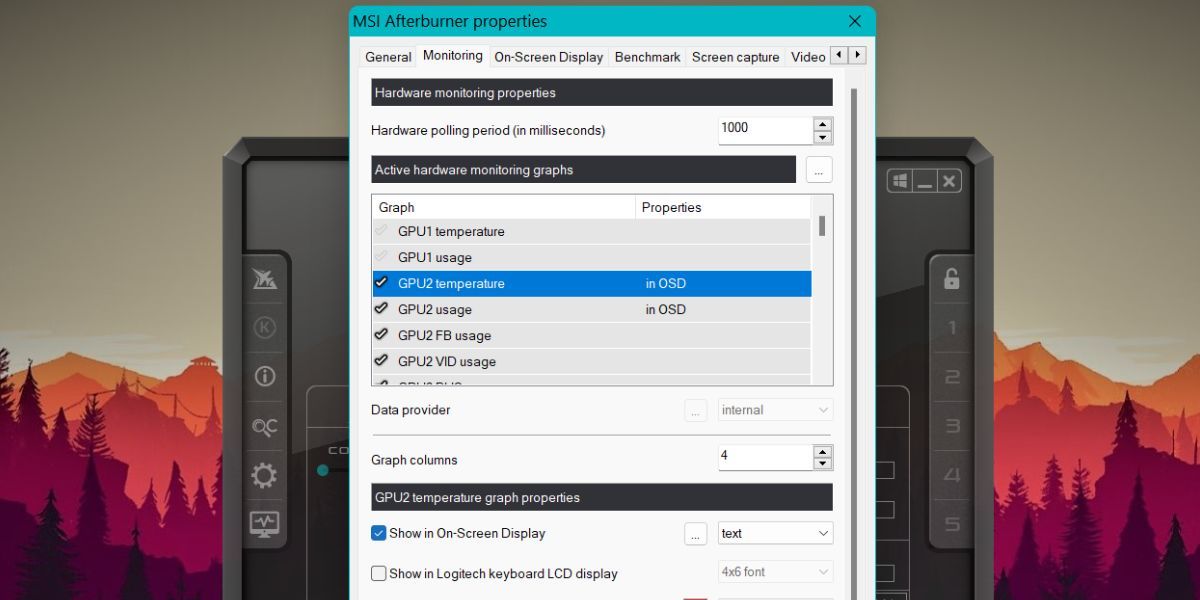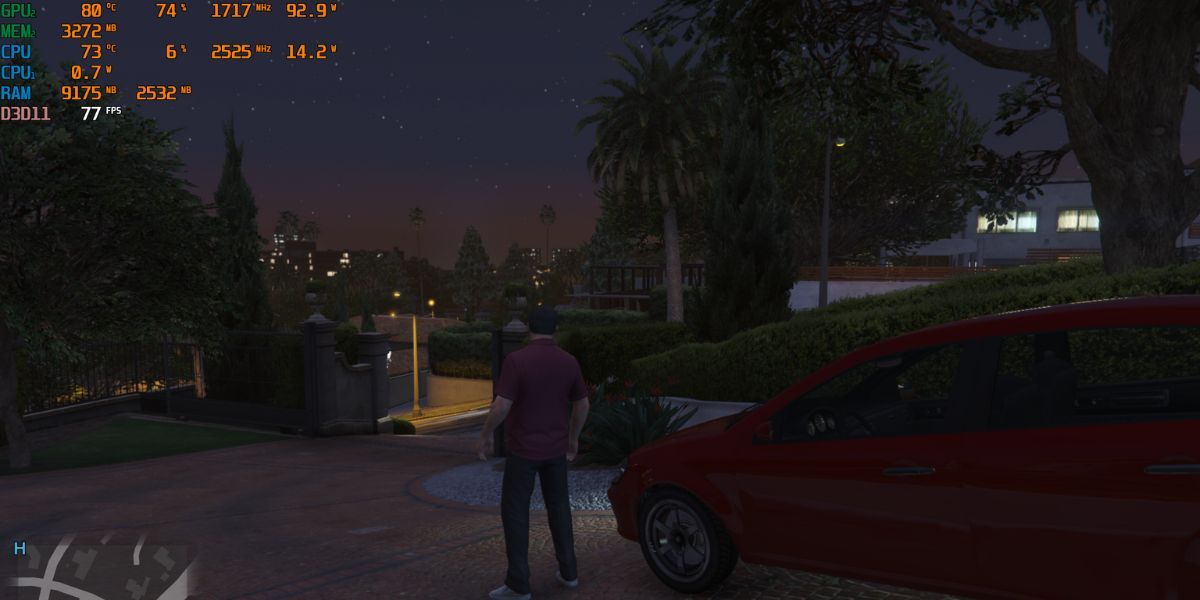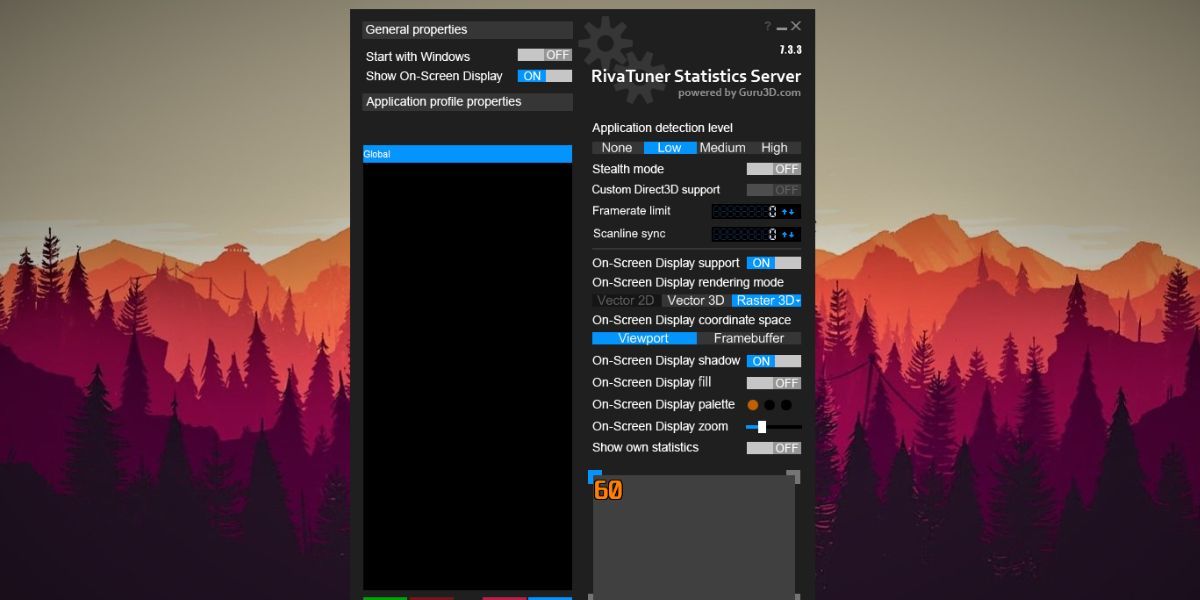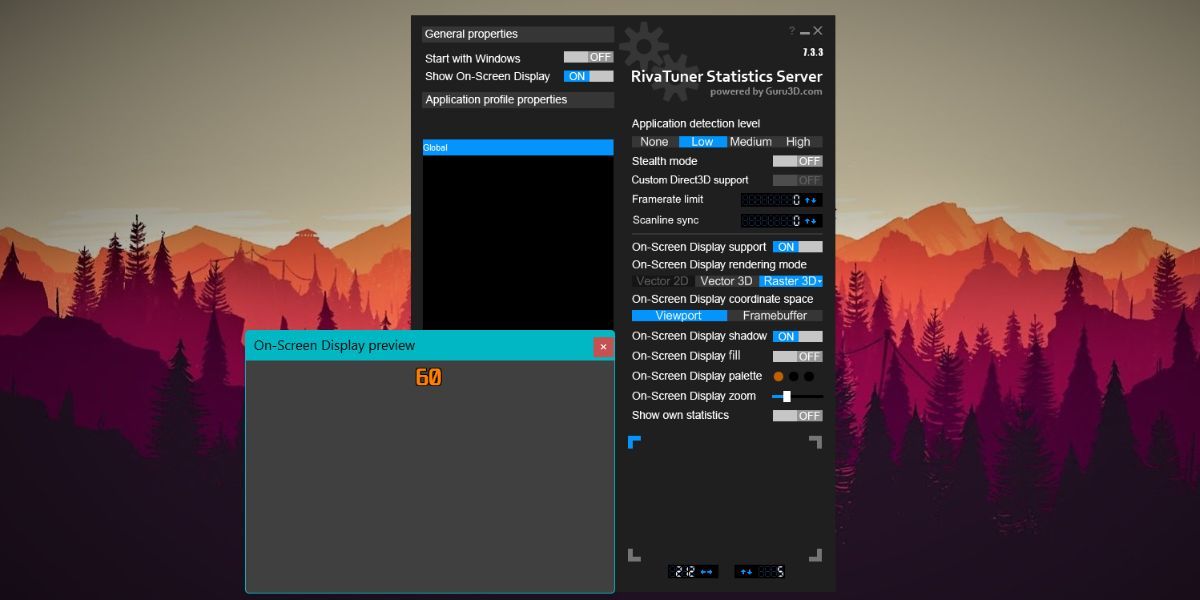A decade back, gaming used to be all about playing games at whichever settings your hardware could support. But the landscape has changed now. Games have become visually appetizing and demand more computing resources than ever. That makes you wonder how to check the stats of the system resource in use while playing games.
It is possible to track various stats of components like CPU, GPU, RAM, and more with MSI Afterburner. But it doesn't work straight out of the box. We will elaborate on MSI Afterburner and how you can configure it to display system stats while gaming.
What Is MSI Afterburner?
MSI Afterburner is a GPU-overclocking utility developed and distributed by MSI. You can use it to tweak the performance of the graphic card present in your system. On top of that, this utility works with graphics cards of all brands including MSI-made GPUs.
MSI Afterburner is free to use and has improved a lot since its release in 2010. You can allow MSI Afterburner to scan for the best possible GPU overclock settings and apply them. Or, you can take control of the reigns and tweak everything yourself. All in all, there's pretty much everything related to GPU performance with this tool. Check out our detailed guide to Using MSI Afterburner to learn more about overclocking your GPU.
Can You Use MSI Afterburner to Monitor Important Stats?
Yes. You can use MSI Afterburner to display the hardware stats on the screen and monitor them. Most users think of MSI Afterburner as an overclocking utility only. But, the app uses RivaTuner Statistics Server (RTSS) which allows it to display the hardware stats and frame rates on screen.
MSI Afterburner relies on RivaTuner Statistics Server to display the stats of the hardware resources in use. You cannot see any stats on the screen if you don't install the RivaTuner Statistics Server. The primary purpose of the RivaTuner Statistics Server is to offer OSD capabilities to MSI Afterburner. If you install only RTSS, you will be only able to see the FPS counter and nothing more. So, installing both MSI Afterburner and RTSS is crucial.
How to Install MSI Afterburner
Here's how to install MSI Afterburner and RivaTuner Statistics Server in one go.
- Go to the official landing page of MSI Afterburner.
- Scroll down and click on the Download Afterburner button. A ZIP file will begin downloading in your browser.
- Right-click on the setup file and select the Run as administrator option. UAC will pop up. Click on the Yes button to continue.
- Keep the language as English and click on the OK button. Then click on the Next button and accept the EULA.
-
The setup will ask you to choose the components. RivaTuner Statistics Server checkbox will be automatically checked. Do not uncheck it, otherwise, you have to install it separately.
- Then follow the on-screen prompts until you see the Install button. Click on it to begin the installation.
-
RivaTuner Statistics Server installer will pop up while the installation is ongoing. Follow the on-screen prompts to install it and click on the Finish button to close the setup.
-
Then, click on the Finish button to close the MSI Afterburner setup as well. MSI Afterburner will automatically launch on your system.
How to Set Up MSI Afterburner to Display Stats on Windows 11
After successfully installing MSI Afterburner, you need to configure its settings. You have to select the components whose stats you want to display while running a game.
Here's how to set up MSI Afterburner to display stats on Windows 11:
- MSI Afterburner will launch as soon as you close the setup windows. Now, click on the gear icon in the app window to display the advanced properties window.
-
Under the General tab, click on the dropdown list to select the GPU you want to monitor. Most laptops have integrated as well as discrete GPUs embedded into them. So, you need to pick the one you want to monitor. Here we have selected the discrete Nvidia GPU.
- Now, switch to the monitoring tab by clicking on it. Move to the Active hardware monitoring graphs section. You will find all the graphs that you can display while running a game.
- To display a parameter in OSD, click on the tick mark icon present in front of it to select it. You won't be able to see a graph unless you enable it using the tick mark icon next to it.
-
Now, scroll down to the Graph properties section and click on the Show in on-screen display checkbox.
- Similarly, you must enable all the graphs that you want MSI Afterburner to display while running a game.
- Click on the Apply button to apply the recent changes and then click on the OK button. Don't exit the app, otherwise, you won't see any stats on the screen.
-
Launch a game on your system. You will notice that system stats appear on the top-left area of the screen in the game window. If you switch to another window, you won't see them.
If you want to hide the system stats and continue playing the game, press the Insert key to toggle the On-screen display off. You can even visit the settings tab and change the hotkey to toggle the On-screen display.
How to Adjust the On-Screen Display for Better Visibility
By default, the stats displayed by the On-screen display appear very tiny and hard to see. But you can change the size of the system stats text that appears on the screen. You can even reposition the on-screen display to any area of the screen you like.
Here's how to adjust the On-screen display for better visibility.
- Launch the MSI Afterburner. Now, head over to the system tray icon area and click on the arrow button.
- Click on the RivaTuner Statistics Server icon to launch the app.
-
Now, locate the On-screen display zoom option in the app window. Drag the slider to the right to increase the size of the On-screen display. You can check how big it will look by checking its appearance in the preview area located at the bottom.
- Don't increase the size too much, or it will block your visibility while playing games.
-
Now, go to the preview area and click and hold the On-screen display indicated by the number 60. Drag it to reposition the On-screen display.
- To change the color of the On-screen display text, click the On-screen display palette option. Select a color from the palette and click on the OK button to apply it.
- Now, launch a game on your system. You will see that the On-screen display text is now bigger and in a new color scheme. Press the Insert key to show or hide the on-screen display.
View Your System Stats Easily With MSI Afterburner
MSI Afterburner is a free-to-use tool that helps you to easily view hardware stats on the screen while gaming. You can check the system resources in use as well as how many FPS you are getting with the current PC. Moreover, you can adjust the size and other properties of the on-screen display for better visibility.


